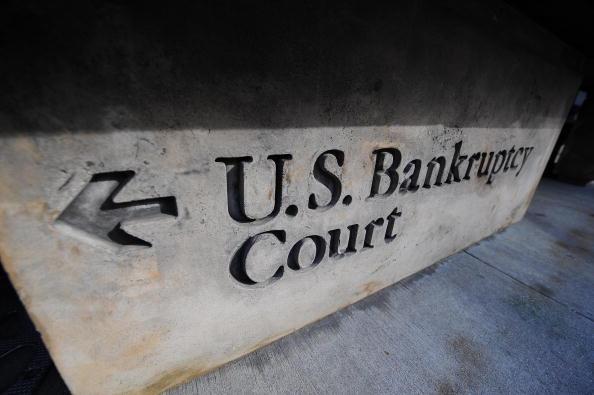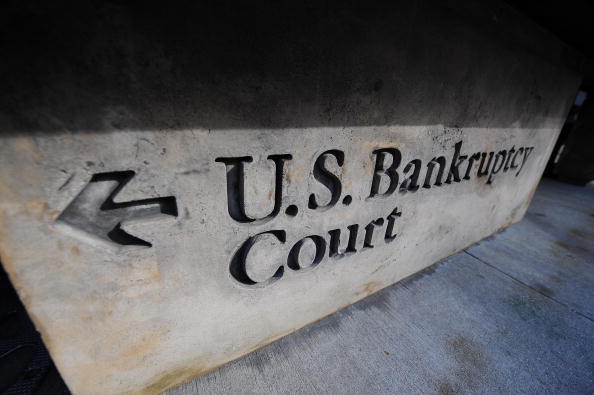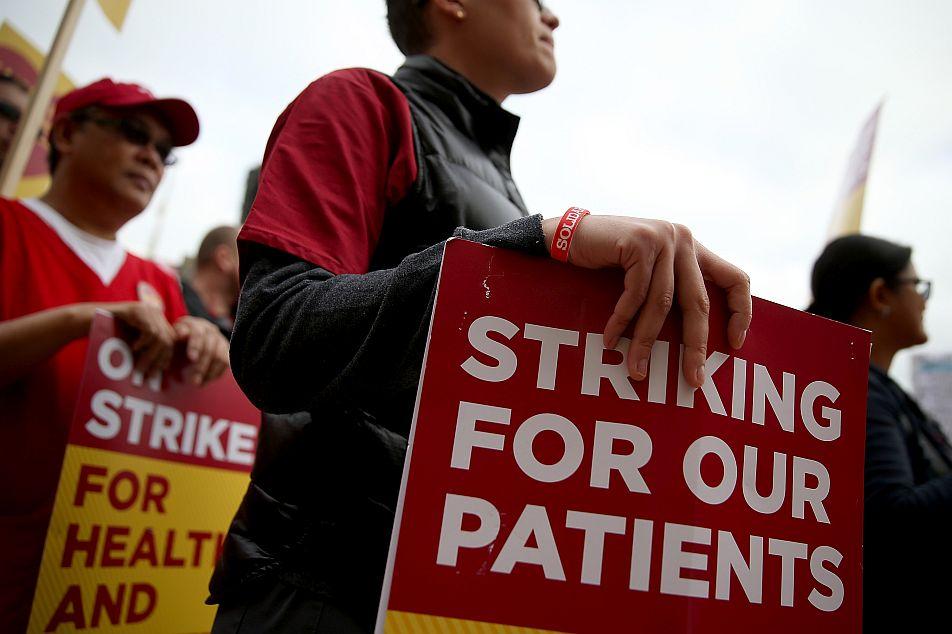Consumer debt, which drove almost 1.37 million consumers into bankruptcy during 2011, is on the rise. Yet, consumer bankruptcies slowed down last year from the 1.55 million bankruptcy filings in 2010, a decline of 12 percent.
“Bankruptcy filings dropped a steep 12 percent in 2011, and while some experts attribute it to more cautious consumer spending and a decline in credit card debt, others say that we’re just running out of people who can benefit from filing,” according to an article on the CreditCards.com website.
Bankruptcy is meant to help consumers get back on their feet after experiencing irreplaceable economic loss. Bankruptcy allows individuals to restructure their debt by agreeing to a structured plan requiring the debt to be paid between two and five years.
So what’s the point of declaring bankruptcy? “In today’s economy, if you don’t have a job, bankruptcy doesn’t really give you a fresh start,” said David Epstein, law professor at the University of Richmond, in the CreditCards.com article.
Furthermore, many people have been out of a job, with the U-6 unemployment rate at 16.2 percent, not seasonally adjusted. Many of these people have depleted all of their savings for living expenses and sold all assets, so bankruptcy filing is a nonissue, as there is nothing there to bargain with.
The U-6 unemployment rate is more realistic than the U-4 unemployment rate, which is generally used when the U.S. Bureau of Labor Statistics (BLS) reports unemployment rates. The U-6 rate includes people beyond those who are drawing unemployment insurance, such as individuals who would like to work, but are unable to land a job, and discouraged workers who have given up looking for a job.
“While bankruptcy filings have seen a slight dip during the fall of 2011, compared with same time period last year, reports indicate that overall poverty is on the rise,” according to a December 2011 article on the Clear Bankruptcy website.
The 2010 U.S. poverty rate, the latest such rate available on the U.S. Census Bureau website, was 15.1 percent, with 9.2 million families living at or below the poverty level. The poverty threshold, also called poverty line, is the minimum income an individual needs to survive. The poverty threshold depends on the number of people in a family and the location of one’s residency.
“The poverty rate in 2010 was the highest since 1993 but was 7.3 percentage points lower than the poverty rate in 1959, the first year for which poverty estimates are available. Since 2007, the poverty rate has increased by 2.6 percentage points,” according to the Census Bureau.
Spending and Revolving Credit on the Rise
“Despite the drop in bankruptcy filings, however, sources indicate that national levels of poverty and consumer debt are on the rise, and show no signs of changing any time soon,” suggested the article on the Clear Bankruptcy website.
Since the onset of the financial crisis, the total revolving debt, also called credit card debt, unadjusted for seasonality, went into a steep decline, dropping from $989.1 billion in 2008 to $826.7 billion in 2010, according to a Feb. 7 Federal Reserve statistical release.
“Consumer credit increased at an annual rate of 7-1/2 percent in the fourth quarter. Revolving credit increased at an annual rate of 4-1/2 percent, and nonrevolving credit increased 9 percent. In December, consumer credit increased at an annual rate of 9-1/4 percent,” according to the Federal Reserve System.
By the end of 2011, the revolving credit moved upward, reaching $827.5 billion. During the first three quarters in 2011, the quarterly revolving debt was below $800 billion, with a low of $779.6 billion at the end of the first quarter. In December, the revolving debt rose to above $800 billion, resulting in a 2011 year-end cumulative total of $827.5 billion.
Long-term debt, which generally is a loan or financial obligation with terms of more than one year, has been rising instead of declining since 2008, from $1.6 trillion to $1.7 trillion by the end of 2011.
“Rick Bialobrzeski, director of business development and communications at the nonprofit GreenPath Debt Solutions, isn’t sure if the spending increase means people are more confident about their personal financial situations so they’re spending more, or if they’ve resumed spending beyond their means,” according to the article on the CreditCards.com website.
Looking Out for the Consumer
With credit card and other debt on the rise, often accompanied by defaulting on the payments, debt collectors are harassing consumers to collect debts.
“Although persistent attempts to collect from you is legal, debt collector harassment is illegal and will not be tolerated by the Federal Trade Commission,” according to an entry on the FindLaw website.
Consumer credit bureaus have published wrongful consumer information for a number of reasons, including similarity in names and ages. Individuals have found that credit bureaus ignore a consumer’s request for correcting the misleading information, and at times, it takes years to clear one’s name.
“If you have ever dealt with a credit reporting agency, you know there could be a number of problems you could encounter. Sometimes it takes a significant amount of time to resolve the various disputes and problems that arise,” according to an entry on the eHow Money website.
The Consumer Financial Protection Bureau (CFPB), a federal agency, attempts to put an end to illegal activities by debt collectors and credit bureaus. The CFPB is proposing a rule that gives it authority over debt collection firms and credit bureaus.
“Our proposed rule would mean that those debt collectors and credit reporting agencies that qualify as larger participants are subject to the same supervision process that we apply to the banks. This oversight would help restore confidence that the federal government is standing beside the American consumer,” said Richard Cordray, director at the CFPB, in a February statement on the CFPB website.
The CFPB would oversee consumer reporting agencies that have earnings above $7 million, which account for around 94 percent of the earnings in the U.S. for such firms. This would limit its oversight to 7 percent of all U.S. consumer reporting agencies or about 30 companies.
About 175 debt collectors would fall under the oversight program by the CFPB. The firms are those with earnings greater than $10 million. These firms account for 4 percent of all U.S. debt collection agencies and 63 percent of all U.S. earnings for such firms.
What is clear is that “the CFPB chose annual receipts as the criterion for both debt collection and consumer reporting because it approximates market participation in these two markets. As the CFPB adds new markets, it will choose the best criteria and the appropriate thresholds for each market,” according to the CFPB.
As of February, debt collectors are pursuing approximately 30 million Americans, and credit agencies, including Equifax Inc., Experian PLC, and TransUnion LLC, have collected credit information on more than 200 million Americans.





